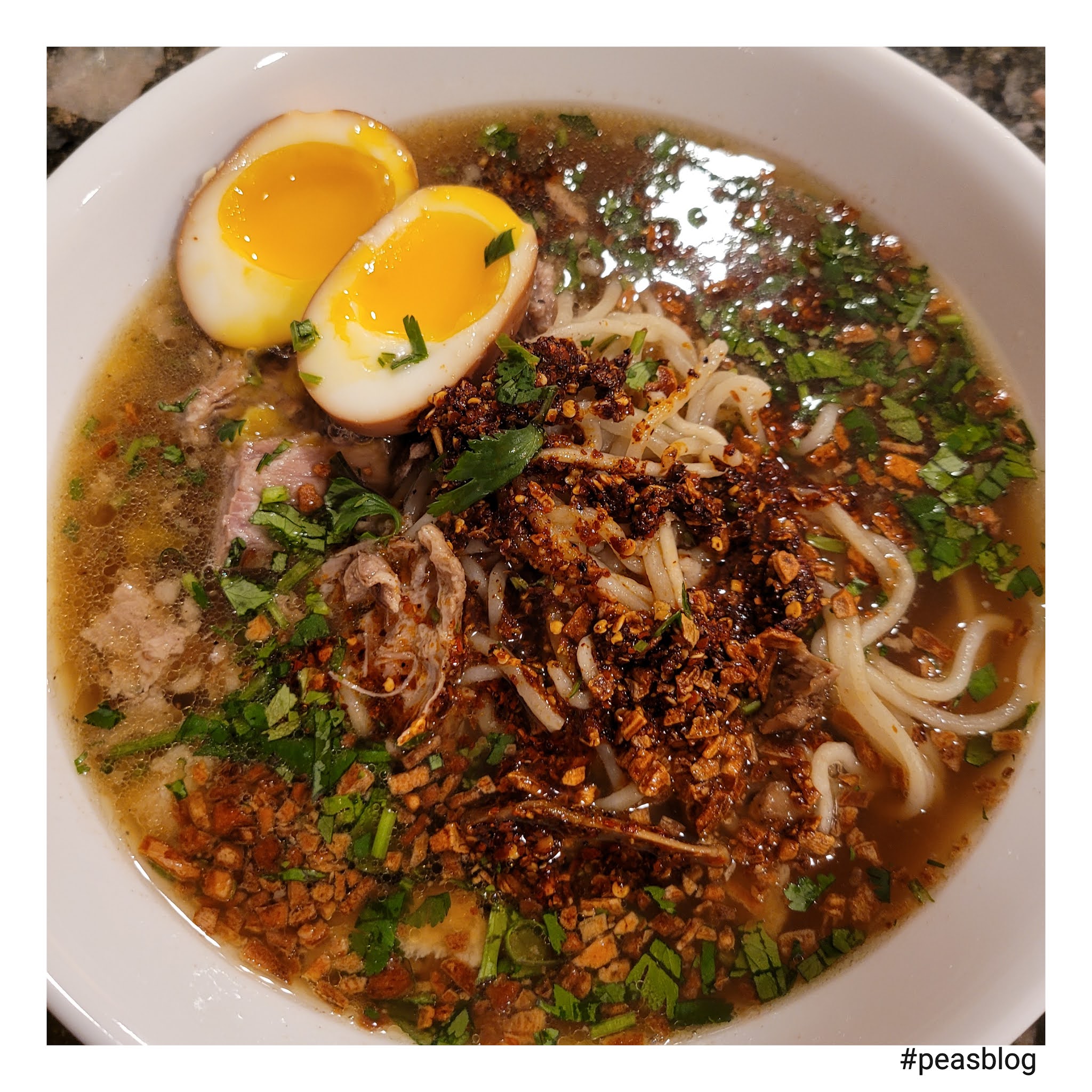Ramen Noodles Virus: Understanding The Threat And How To Stay Safe
In recent years, the term "Ramen Noodles Virus" has emerged in discussions surrounding food safety and public health. This phenomenon, although not a virus in the traditional sense, refers to the potential health risks associated with the consumption of instant ramen noodles that are contaminated or improperly handled. With the growing popularity of ramen noodles worldwide, it is crucial to understand the implications of this issue and how to protect yourself from potential health hazards.
The instant noodle industry has seen a significant rise in demand, especially during times of crisis such as the COVID-19 pandemic. However, this increase in consumption has also raised concerns about food safety practices, nutritional value, and the possibility of foodborne illnesses. In this article, we will delve into the various aspects of the Ramen Noodles Virus, including its origins, potential health risks, and preventive measures to ensure safe consumption.
As we explore this topic, we will provide valuable insights, expert opinions, and statistics to create a comprehensive understanding of the Ramen Noodles Virus. This article aims to equip readers with the knowledge necessary to make informed decisions about their food choices, promoting a safer and healthier lifestyle.
Table of Contents
- 1. What is the Ramen Noodles Virus?
- 2. History of Ramen Noodles
- 3. Common Health Risks Associated with Ramen Noodles
- 4. Nutritional Value of Ramen Noodles
- 5. How to Safely Prepare and Consume Ramen Noodles
- 6. Case Studies and Recent Outbreaks
- 7. Expert Opinions on Ramen Noodle Safety
- 8. Conclusion and Call to Action
1. What is the Ramen Noodles Virus?
The term "Ramen Noodles Virus" is not a scientifically recognized virus but rather a colloquial phrase used to describe the potential health risks associated with consuming ramen noodles. This can include foodborne pathogens like Salmonella or E. coli, which can be present due to poor handling or contamination during the production process. Understanding this concept is essential for consumers, as it highlights the importance of food safety practices.
2. History of Ramen Noodles
Ramen noodles originated in China and were introduced to Japan in the late 19th century. Over the years, they have evolved into a beloved food item worldwide. The instant ramen noodle craze began in the 1950s when Momofuku Ando invented the first instant ramen in Japan. Today, ramen noodles are available in various flavors and styles, making them a staple in many households.
2.1 Timeline of Ramen Noodles
- Late 1800s: Ramen introduced to Japan from China.
- 1958: Momofuku Ando invents instant ramen.
- 1970s: Ramen becomes a global phenomenon.
- 2020: Surge in demand during the COVID-19 pandemic.
3. Common Health Risks Associated with Ramen Noodles
While ramen noodles are convenient and tasty, they can pose several health risks, especially if not prepared correctly. Some common health risks include:
- Foodborne Illness: Contamination during production can lead to pathogens like Salmonella.
- High Sodium Content: Instant ramen noodles often contain excessive sodium, which can contribute to hypertension.
- Low Nutritional Value: Ramen noodles lack essential nutrients, making them less suitable as a regular meal.
4. Nutritional Value of Ramen Noodles
The nutritional value of ramen noodles varies by brand and flavor. However, many instant ramen options are low in vitamins and minerals while being high in calories and sodium. Here’s a breakdown of the typical nutritional content:
| Nutrient | Amount per Serving |
|---|---|
| Calories | 380 |
| Protein | 8g |
| Fat | 14g |
| Sodium | 1,800mg |
| Carbohydrates | 54g |
5. How to Safely Prepare and Consume Ramen Noodles
To minimize health risks associated with ramen noodles, it is essential to follow safe preparation methods:
- Wash hands thoroughly before handling food.
- Use clean utensils and cookware.
- Cook noodles according to package instructions, ensuring they reach the proper temperature.
- Avoid adding excessive seasoning packets, which can increase sodium intake.
6. Case Studies and Recent Outbreaks
There have been instances of foodborne illness outbreaks linked to instant ramen noodles. For example, a 2022 outbreak of Salmonella resulted in numerous hospitalizations due to contaminated noodles. These cases highlight the importance of food safety practices in the production and consumption of ramen noodles.
7. Expert Opinions on Ramen Noodle Safety
Experts in the field of nutrition and food safety emphasize the importance of understanding the potential health risks associated with ramen noodles. They recommend moderation in consumption and awareness of preparation methods to ensure safety.
8. Conclusion and Call to Action
In conclusion, while ramen noodles are a popular and convenient food choice, it is crucial to be aware of the potential health risks associated with them. By following safe preparation practices and being mindful of nutritional content, consumers can enjoy ramen noodles without compromising their health.
We encourage readers to take action by sharing this article, leaving comments with their thoughts, and exploring more articles on food safety and nutrition available on our site.
Thank you for reading, and we hope to see you back here for more informative content!
Ramen Noodles Recalls: What You Need To Know
Desmont Dos: The Rise Of A Social Media Influencer
Dee And Austin Survivor: The Journey Of Resilience And Strategy


